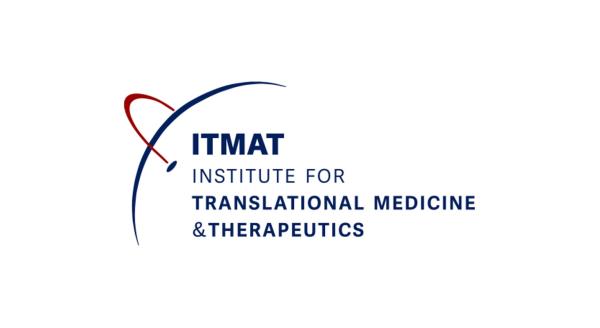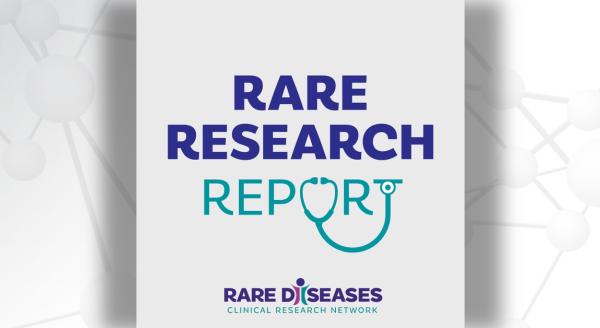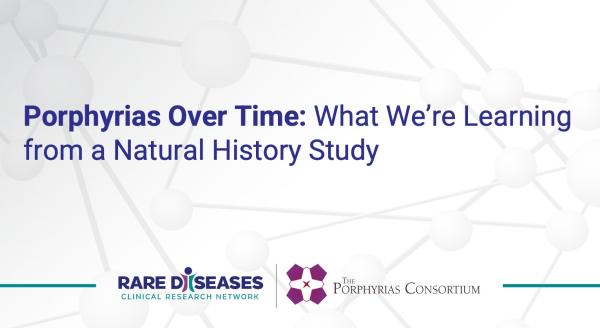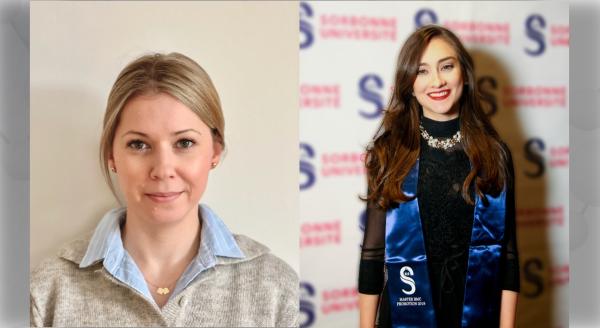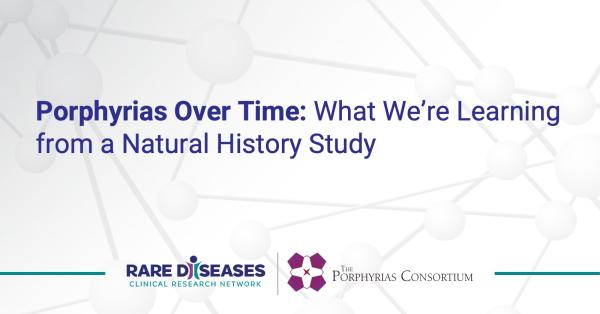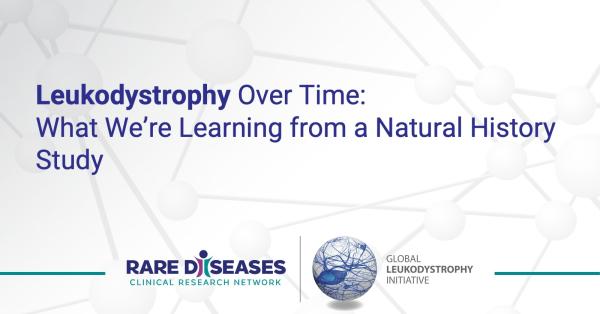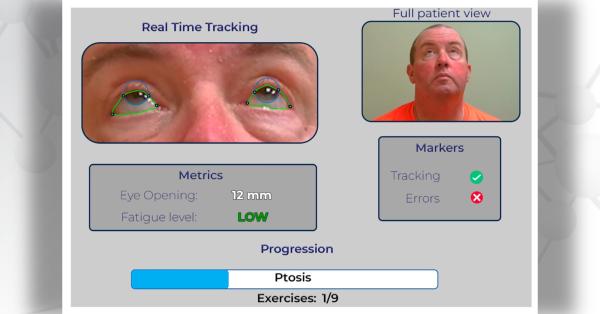The Dystonia Coalition (DC) is an international collaboration of biomedical researchers, patient advocacy groups (PAGs), and representatives from the NIH. The DC was first funded in 2009 by the Office of Rare Diseases Research at the National Center for Advancing Translational Research and the National Institute of Neurological Diseases and Stroke, during the second cycle of the Rare Disease Clinical Research Network.
The DC focuses on research concerning a group of disorders known as the "primary" dystonias. Our goal is to advance the pace of clinical and translational research, with the ultimate goal of finding better treatments and a cure. The dystonias are characterized by involuntary muscle contractions leading to repetitive movements, often with abnormal postures. Dystonia may affect any body region, and it may occur in children or adults. It tends to progress over 2-5 years, although the extent and rate of progression are not well characterized for the various subtypes. The most common primary dystonias include:
- Facial dystonias (blepharospasm or Meige syndrome)
- Oromandibular dystonia (jaw or tongue)
- Laryngeal dystonia (including spasmodic dysphonia)
- Cervical dystonia (neck, also known as torticollis)
- Limb dystonia (arm or leg)
- Segmental dystonia (any combination of two of the above in contiguous body areas)
- Multi-focal dystonia (any combination of two of the above in non-contiguous body areas)
- Generalized dystonia (multiple body regions affected)
DC investigators span 47 different clinical and academic research centers in six countries across North America and Europe. The DC has an "open door" model wherein new centers may join at any time, and 10 are currently completing regulatory requirements so they can join the effort. There also are 16 PAGs working with the DC. The Scientific Advisory Boards for these PAGs include many of the investigators participating in the DC.
The Dystonia Coalition is conducting four main clinical studies. One of these studies is an early-phase natural history study, focused on learning more about the early progression of all primary dystonias. Another study is focused on building a resource for learning about genetic causes for dystonia and long-term progression. A third study involves revising and validating a comprehensive rating scale for cervical dystonia, an instrument essential for monitoring severity in clinical trials. The last main clinical study involves developing diagnostic criteria for spasmodic dysphonia and related voice disorders as well as validating a rating scale for spasmodic dysphonia. The data and samples from all four of these clinical studies are linked within a large data repository to provide a rich resource for both longitudinal and cross-disease research inquiries.
In addition to the 4 main clinical studies, the DC coordinates a pilot project program aimed at rapidly and efficiently fostering the development of new projects that take timely advantage of new discoveries. To date, this program has received 46 applications and has supported 11 of them. Some of these take advantage of the data and material resources collected through the biorepository and natural history studies. One pilot project identified the first gene (CIZ1) ever to be associated with a primary focal dystonia.
One of the most important components of the DC is its Career Development Program. This program is dedicated to supporting promising junior faculty who are interested in dystonia, or senior faculty who wish to switch their research focus to dystonia. Ten individuals in 3 different countries have received these awards so far. These awardees are the researchers of tomorrow and it is an honor for the DC to help support their efforts. The DC PAGs have further extended this program by providing matching funds to support them and travel stipends to attend DC meetings. These meetings provide a unique opportunity for junior faculty to meet and interact with more senior investigators from around the world.
The next annual DC meeting will take place on 16/17 October 2013 in Atlanta, GA. The first day will be devoted to discussing the science of spasmodic dysphonia, and particularly identifying research priorities for the community. The second day will be devoted to updates on the main clinical studies the pilot projects, and career development awards. In 3 short years, the DC has brought together investigators from 47 sites and 16 patient advocacy groups across 6 countries to work towards a common cause. The remarkable growth of the DC follows a decades-long tradition of individualistic efforts and shows that this community is ready to collaborate on solidifying diagnostic criteria, resource building, and other clinical and translational endeavors.
Also See: Dystonia Coalition Publications
H. A. (Buz) Jinnah, MD, PhD
Program Director, Dystonia Coalition
Pilot Project Program Leader
Joel Perlmutter, MD
Program Co-Director, Dystonia Coalition
Natural History and Biorepository Leader
Cynthia Comella, MD
TWSTRS-2 Project Leader, Dystonia Coalition
Christy Ludlow, PhD
SD-DAP Project Leader, Dystonia Coalition
Mark Hallett, MD
Development Award Leader, Dystonia Coalition
Ami Rosen, MS, CGC
Program Administrator, Dystonia Coalition


